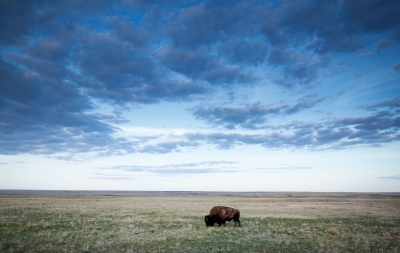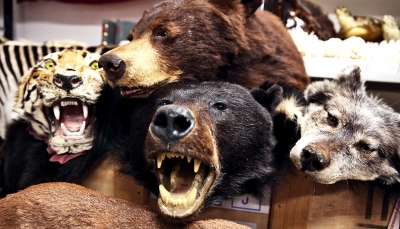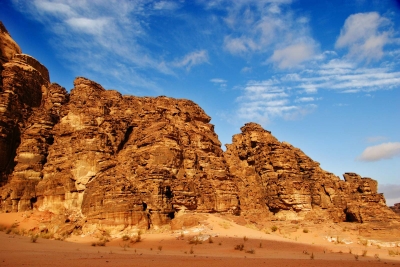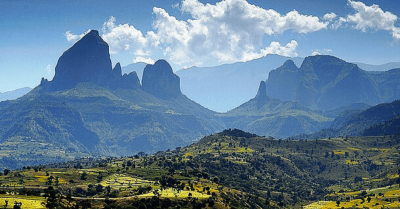Where are the Canadian Prairies?

Prairies are basically grasslands found in temperate regions. The Canadian prairies span the southern part of the three provinces of Alberta, Saskatchewan, and Manitoba in the country's western area and cover a vast area running to a few thousand sq.km. Essentially, this region begins where the Rocky Mountains end, giving way to grass fields, plains, forests, and lowlands. A part of the prairies is treeless but some underpopulated areas within the region are more forested and hilly. The area is considered the breadbasket of Canada, thanks to the domination of arable land within its limits. However, it also supports a large number of fauna, especially birds, since the grasslands and croplands are dotted with several wetlands. This area is not without its concerns, though. The population of grassland birds has been declining due to land degradation and infrastucture development, among other reasons.
Wildlife
Among the animals that can be spotted in the region are rabbits, prairie dogs, coyotes, beavers, bears, caribou, wolves, and buffalo. In fact, the American buffalo is seen as being synonymous with the prairies. Though this mammal's population declined drastically a few decades ago, conscious conservation efforts have helped improve the numbers. The birds that can be sighted here include ducks, geese, shovelers, teals, quails, sage grouses, grebes, doves, egrets, herons, cormorants, avocets, plovers, sandpipers, hawks, owls, woodpeckers, flycatchers, longspurs, sparrows, warblers, swallows, and wrens.
Threats
One of the major concerns about Canadian prairies has been the loss of grasslands, and the rate at which this loss has been occurring. It is said that the loss is so high and fast that it is comparable to what is happening to the Amazon rainforests in South America. Apparently, more than 70 % of the original prairie grasslands have been converted to other uses such as agriculture and industry, according to Nature Convervancy Canada, a land conservation organisation. And this shrinking of grasslands has been affecting wildlife in the region, particularly the migratory birds. Over 60 rare species have called the region their home. In addition, annually, millions of migratory birds visit these prairies. But that's changing. Over the last four decades, some bird species have lost 70 per cent of their population" and "unless something is done the decline will continue". And, it's not just the bird species, this puts at risk even animals such as plains bison and swift fox. These grasslands also comprise wetlands, lakes, rivers, and valleys which mean that apart from the resident and migrating birds the region also supports a large variety of fishes, and these species could be affected too.
Like a lot of other grasslands in the world, the Canadian prairies are intensely grazed by cattle, goats, and sheep, thereby replacing wild animals. This is unfortunate considering Canada has a long history of sustainable grazing. However, in the past, Canada has shown remarkable vision, and worked on conservation and also succeeded. And that's what it must do again if the grasslands have to be saved before it is too late.
Picture Credit : Google


